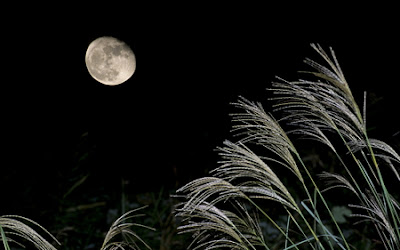There are two very important factors behind successful night photography. First make sure enough light gets into the camera for a decent looking exposure and the second ensure your camera is steady to avoid any shake. There are also other tools you can use which we will go over.
A tripod is essential. It will give you the greatest flexibility to get the angles you need while keeping your camera steady for those long exposures. There is no way you can hold your camera and not shake it. This trick is simple and straightforward, set your camera on a tripod and start shooting.
The other part of the equation is the one that is more difficult and it involves trial and error and the wanting to learn as you go. You will have to rely on a longer exposure time that can go from half a second to 30 seconds, and controlling the aperture to avoid overexposure. Aperture and shutter speed will have to go hand in hand and some experimenting before you arrive to your desire results.
There is no exact science and settings for night photography. Just keep in mind that you have to balance your aperture and your shutter speed. You will need a long shutter speed, but the aperture that you choose will provide the depth of field. As a standard you can use a shutter speed of 5 to 15 seconds with a very narrow aperture, which will create crisp images with a huge depth of field and all in focus. If you prefer less depth of field then widen the aperture.
Other tools available for night photography include: wide-angle lenses, a lens hood, a flashlight and a shutter release cable.
Wide-angles lenses work great in night photography leave this tool to your imagination and creativity. A lens hood will minimize lens flares from light entering at angles that are outside of your frame. A flashlight either for tricks, lighten up spaces that might be too dark or simply for getting things out of your bag. A shutter release cable will help you even more preventing and movement in the camera, if you do not have one then use your camera timer.
Rules of composition apply exactly the same during the day or at night, just use your imagination, capture unique angles and break the rules. Remember: 'The best night photography is created by experimenting'. When you figure out the best scenes, the best exposure settings and that you have to keep your camera steady then you will create amazing night images.
Nice Night Photography Just For Preview, If You Like Nice Night Photography Please Buy The Original Apps, Games, Or Themes. Thank for reading https://allfinephotography.blogspot.com/2016/03/nice-night-photography.html, and Thank For Visit Photography.
Posted by , Published at 9:32 AM and have
0
comments



















No comments:
Post a Comment